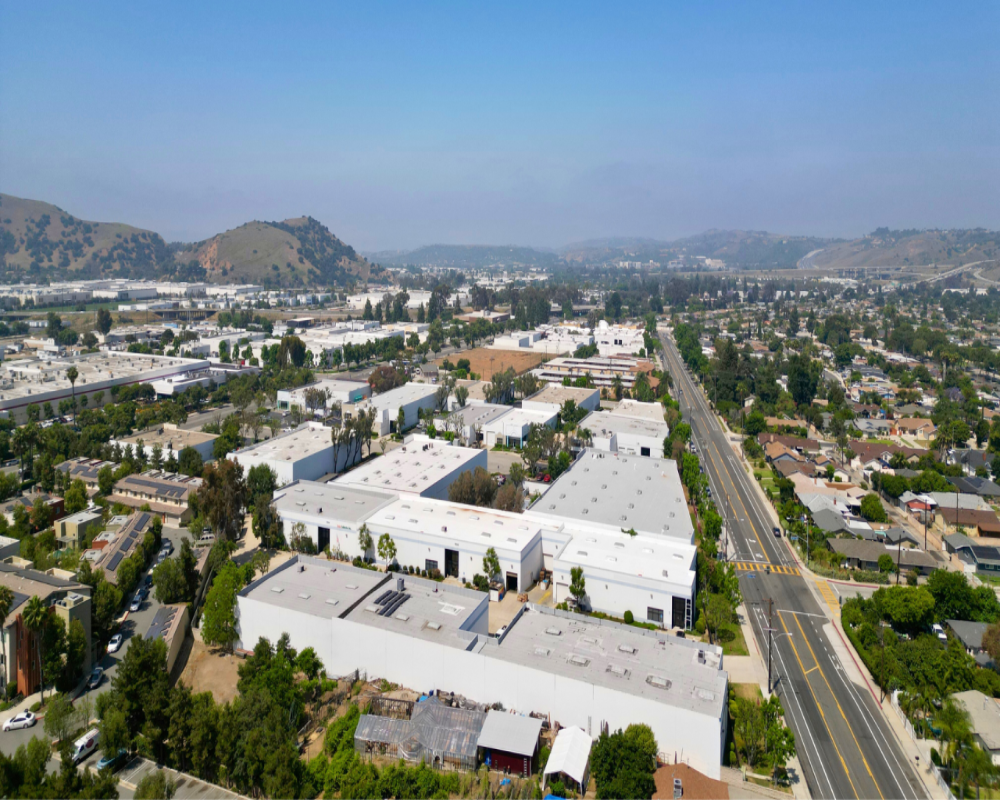Zoning Flexibility and Its Impact on Development Scope
Introduction
Zoning regulations are fundamental tools used by municipalities to guide land use, control urban growth, and shape the built environment. These rules dictate what types of buildings can be constructed in specific areas, how they can be used, and to what extent land can be developed. Traditionally, zoning laws have been rigid, dividing cities into strictly defined zones such as residential, commercial, or industrial. However, as urban needs have evolved, there has been a growing movement toward zoning flexibility, which allows for more adaptive, responsive, and innovative development practices. The flexibility within zoning codes can significantly influence the scope, feasibility, and creativity of a development project.
Defining Zoning Flexibility
Zoning flexibility refers to the ability of developers and planners to adjust or interpret zoning requirements in a way that accommodates unique development goals without violating the overall planning intent of a community. This flexibility can be embedded into the zoning code itself through mechanisms such as conditional use permits, planned unit developments (PUDs), overlay zones, form-based codes, or density bonuses. It can also be achieved through administrative processes that allow variances or rezoning applications when justified.
Flexible zoning approaches recognize that urban environments are dynamic and that land use needs often evolve more quickly than static zoning laws can accommodate. By allowing for case-by-case assessments, zoning flexibility fosters innovation, encourages mixed-use development, and supports context-sensitive design solutions.
Expansion of Development Scope
When zoning laws offer flexibility, developers can explore broader and more diverse project types. A rigid zoning framework might limit a parcel of land to a single use—such as low-density residential—thus constraining the scale and profitability of a potential project. In contrast, flexible zoning may allow for a mixed-use building that incorporates retail, office, and residential components, maximizing both land utility and economic returns.
Flexibility also allows developers to adapt building forms and site layouts to better suit environmental, cultural, or economic conditions. For instance, a project in a transitional urban neighborhood could combine affordable housing with small-scale commercial services tailored to the local population, something traditional zoning might prohibit. This adaptability expands the development scope beyond standard templates, enabling projects to respond directly to market demand and community needs.
Encouragement of Innovation and Creativity
Zoning flexibility empowers architects and planners to design projects that are more innovative and contextually appropriate. Instead of forcing designs to conform to outdated or arbitrary code requirements, flexible zoning allows for creative site planning, adaptive reuse of existing structures, and incorporation of sustainable features such as green roofs, solar panels, or permeable surfaces. Developers can more easily integrate public spaces, pedestrian pathways, and artistic elements that enrich the urban experience.
This design freedom is especially valuable in infill development or redevelopment scenarios where parcels may be irregularly shaped, environmentally constrained, or surrounded by diverse land uses. Without zoning flexibility, such sites may remain underutilized because traditional zoning does not accommodate the complexity of redevelopment needs.
Faster Response to Market Trends
In rapidly changing markets, zoning flexibility allows developers to respond quickly to emerging trends. For example, during a housing shortage, flexible zoning can permit increased residential density or allow accessory dwelling units (ADUs) in areas previously zoned for single-family homes. In response to shifts in work culture, flexible codes might allow for the conversion of office space into co-working or hybrid live-work units.
Moreover, when zoning allows multiple potential uses for a site, developers are better able to pivot as market conditions evolve. This adaptability enhances the long-term viability of developments and reduces the risk of obsolescence.
Balancing Flexibility with Public Interest
While zoning flexibility offers many advantages, it must be implemented carefully to maintain transparency, equity, and consistency in the planning process. Without clear criteria or oversight, too much flexibility can lead to uncertainty, favoritism, or unintended consequences such as overdevelopment, displacement, or infrastructure strain. Local governments must ensure that flexible zoning tools are accompanied by community engagement, environmental reviews, and design guidelines that protect the public interest and preserve neighborhood character.
Conclusion
Zoning flexibility plays a transformative role in shaping the development scope of real estate projects. By allowing greater adaptability in land use and design, it enables more responsive, inclusive, and economically viable developments. Flexible zoning encourages innovation, supports mixed-use and sustainable design, and helps cities respond to changing demographic and market needs. However, to be effective, it must be implemented within a framework of responsible governance, ensuring that development not only benefits private stakeholders but also aligns with broader community and urban planning objectives. In an increasingly complex and fast-paced urban environment, zoning flexibility is not just a convenience—it is a strategic necessity for building resilient and livable cities.
Hashtags
#InfillDevelopment #UrbanCommercialZones #SmartGrowth #SustainableCities #UrbanPlanning #CityRevitalization #MixedUseDevelopment #CommunityBuilding #UrbanDesign #EconomicDevelopment #SmartCities #UrbanDensity #GreenInfrastructure #WalkableCities #PublicSpaces #LocalBusiness #UrbanRenewal #TransitOrientedDevelopment #CityLiving #FutureOfCities


